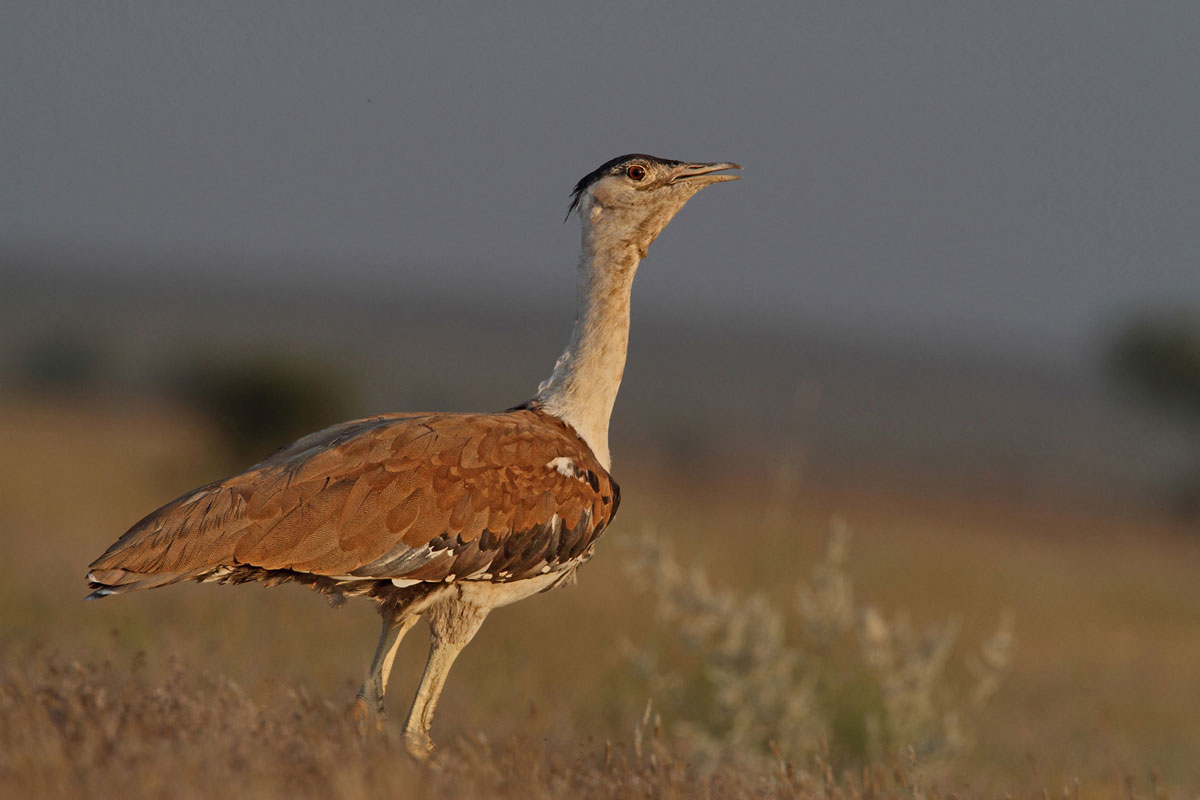
Ardeotis nigriceps
TAXONOMY
Otis nigriceps Vigors, 1831, Himalayas. Monotypic.
OTHER COMMON NAMES
English: Indian bustard; French: Outarde а tкte noire; German:
Hindutrappe; Spanish: Avutarda India. Monotypic.
PHYSICAL CHARACTERISTICS
Male: 47 in (120 cm), 18–32 lb (8–14.5 kg); female: 35 in (90
cm), 7.8–15 lb (3.5–6.75 kg). Extensive black crown; head,
neck, and breast white with fine dark gray barring and indistinct
black breast band. Back and wings brown with fine dark
vermiculations. Black panel on wing spotted with white.
DISTRIBUTION
Western and central India.
HABITAT
Rolling grassland with some shrubby vegetation, or sandy
semidesert. Visits cultivation.
BEHAVIOR
Solitary or in small groups. Males display on well-separated
territories in the breeding season; no pair bonds.
FEEDING ECOLOGY AND DIET
Consumes grains, shoots, and berries in season, as well as
arthropods, small reptiles, and mammals.
REPRODUCTIVE BIOLOGY
One egg (sometimes two) incubated for about 27 days in bare
scrape by female only; fledging period 35–40 days.
CONSERVATION STATUS
Endangered. Probably fewer than 1,000 birds survive. Irrigation
of semideserts, agricultural intensification, disturbance,
and hunting continue to press this species toward extinction.
SIGNIFICANCE TO HUMANS
Symbol of the Bombay Natural History Society, India’s largest
wildlife and conservation organization.
Other popular Animals
Photo Gallery of - Great Indian bustard
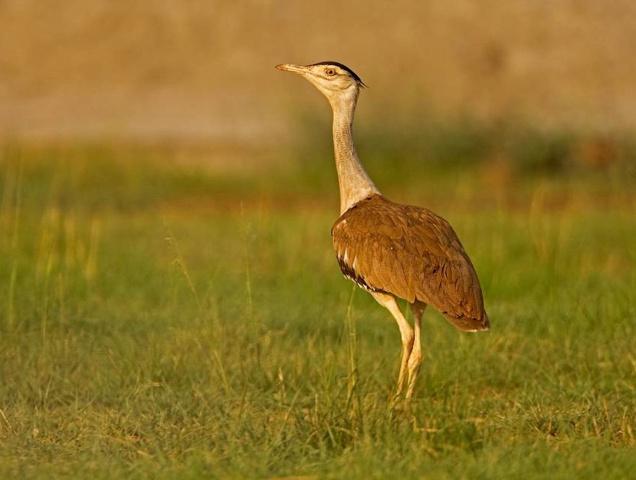
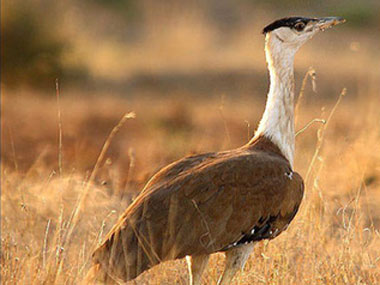
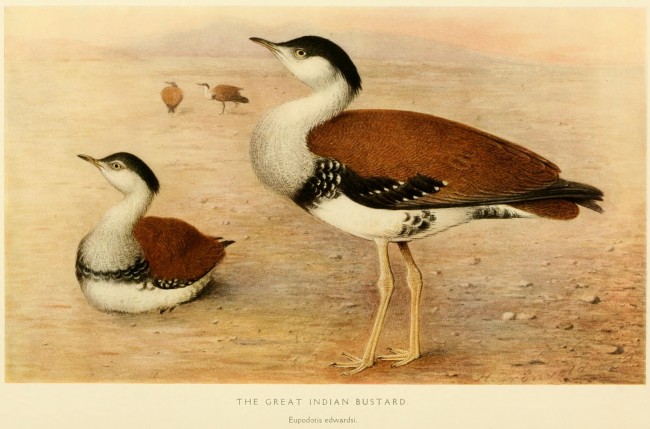
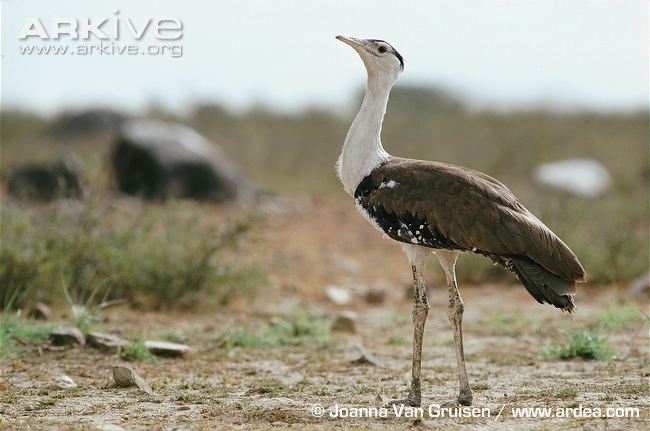
 Animalia Life
Animalia Life